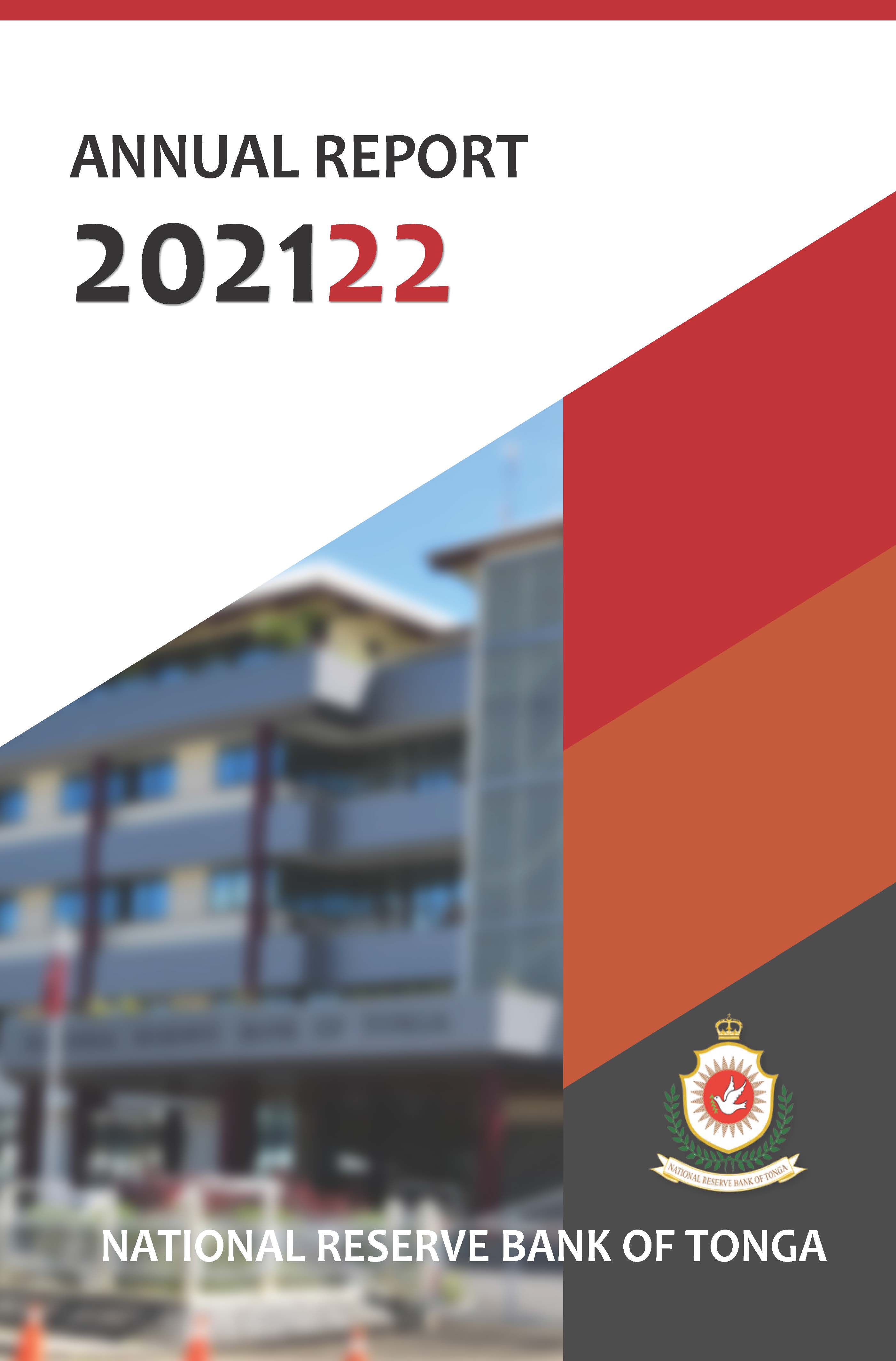Publications
- Details
- Category: Publications
Asian economies are sailing in choppy waters, facing severe headwinds from an uncertain and challenging global environment. First, the global recovery has been uneven and weaker than expected. On top of that, global trade has been sluggish and financial conditions have been volatile. The rise of China as a global economic superpower has also created challenges of its own ...
- Details
- Category: Publications
IMF or The International Monetary Fund is an organization of 188 countries, working to foster global monetary cooperation, secure financial stability, facilitate international trade, promote high employment and sustainable economic growth, and reduce poverty around the world.
Extracted from the IMF official website. Find out more about the IMF by clicking here.
STAFF REPORT FOR THE 2016 ARTICLE IV CONSULTATION | Released on 26 May 2016
Key Issues
Outlook and risks. Since FY2013, Tonga has been on a growth path supported by the reconstruction in the aftermath of the 2014 Cyclone Ian, tourism, and remittances, and benefiting from low global fuel prices. In the medium term, growth is projected to be driven by economic activity in preparation to the Sixteenth South Pacific Games (the SPG) in 2019, while inflation is expected to remain low. International reserves are expected to remain at a comfortable level, supported by strong donor inflows, high remittances, and low costs of fuel imports. After weakening in FY2016 as a result of strong wage growth, the fiscal position is projected to improve gradually in the medium-term. Main risks to the outlook stem from a protracted period of slower growth in advanced and emerging economies, natural disasters, and fiscal pressure to raise government wages or as a result of cost overruns for the SPG and shortfalls in donor aid.
Challenges. The main challenge for Tonga in the medium term is to improve its growth potential and to create jobs for the young population, which would require expanding opportunities for private sector development. Given Tonga’s vulnerabilities stemming from its small size, remoteness, narrow export base, dependence on fuel imports, and exposure to natural disasters, ensuring macroeconomic and financial stability will remain a key challenge.
Key policy advice Tonga needs to improve resilience to shocks by building buffers and to undertake structural reforms to support private sector development and economic diversification. The key policy recommendations are: (i) contain wage growth and build sound fiscal position by gradually increasing the primary balance to ensure fiscal sustainability; (ii) maintain gross reserves at the current level to bolster resilience to shocks; (iii) lower the current inflation reference rate; (iv) strengthen monetary policy framework, including by introducing a policy interest rate and associated instruments, and develop macroprudential tools to better manage liquidity and credit cycle; and (v) enhance business-enabling structural reforms and improve efficiency of the public sector to raise growth potential.
Download the full consultation | 2 MB
IMF Article IV Archives
- Details
- Category: Publications
To comply with the NRBT Act s50A, the Bank is to publish a Monetary Policy Statement at least every six months. Each statement is a review of economic developments and the conduct of monetary policy in the period since the previous statement. This statement indicates how the Bank intends to conduct monetary policy over the coming six months to achieve its objectives of maintaining sufficient foreign reserves and promoting price stability.
Monetary Policy Statement Releases
2024
| February Released on 28 March 2023 | 996 KB |
- Details
- Category: Publications
Released on 16 August 2017 | Download the complete report| ![]() 1.8 MB
1.8 MB
This report describes the level of financial access in Tonga — the fourth Pacific Islands Regional Initiative (PIRI )1 country to move forward with a financial inclusion demand side survey (DSS) effort. DSS surveys were previously completed in Samoa, Fiji and the Solomon Islands. The survey was conducted in the first quarter of 2016 and includes indicators from the 2014 World Bank Global Findex surveys as well as the Global Partnership for Financial Inclusion (GPFI) indicators.
A long process led to the completion of the DSS in the Pacific region: In 2013 the members of PIRI jointly undertook a review of available data and measurement exercises with which they could design and evaluate their national financial inclusion strategies and their Maya Declaration commitments under the Alliance for Financial Inclusion (AFI). As part of this exercise, PIRI members agreed to adopt not only the core set of AFI financial inclusion indicators but to expand that set, as well. The members further committed to carrying out a DSS to capture those indicators.
In general, the Tonga DSS, like the surveys in the other PIRI countries, was designed to capture financial inclusion indicators that would be comparable across the region and globally. Importantly, these were the first such surveys in each country.
The National Reserve Bank of Tonga (NR BT) and its PIRI partners understand that “financial inclusion” incorporates not only individuals’ access to and usage of formal financial services, but also how those services fit into individuals’ lives — the quality that those services deliver. More attention and research needs to be devoted to this quality dimension in Tonga and the other PIRI partners — more than could be achieved in this first round of surveys. Still, this report presents valuable evidence of how Tongans use financial services, alone and in combination. This is information that is impossible to learn from supply-side sources alone.
- Details
- Category: Publications
Year ended 30 June 2023
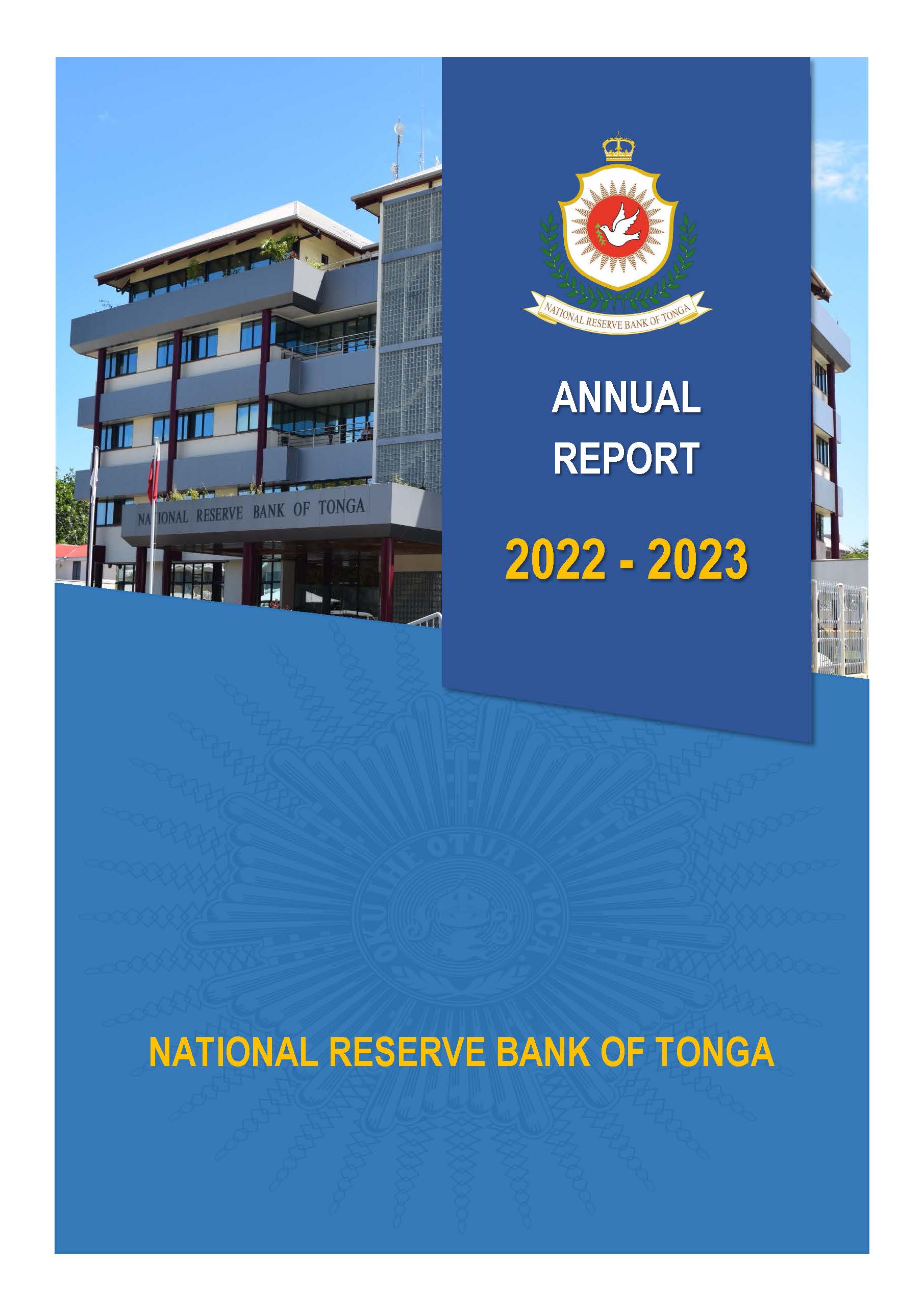 |
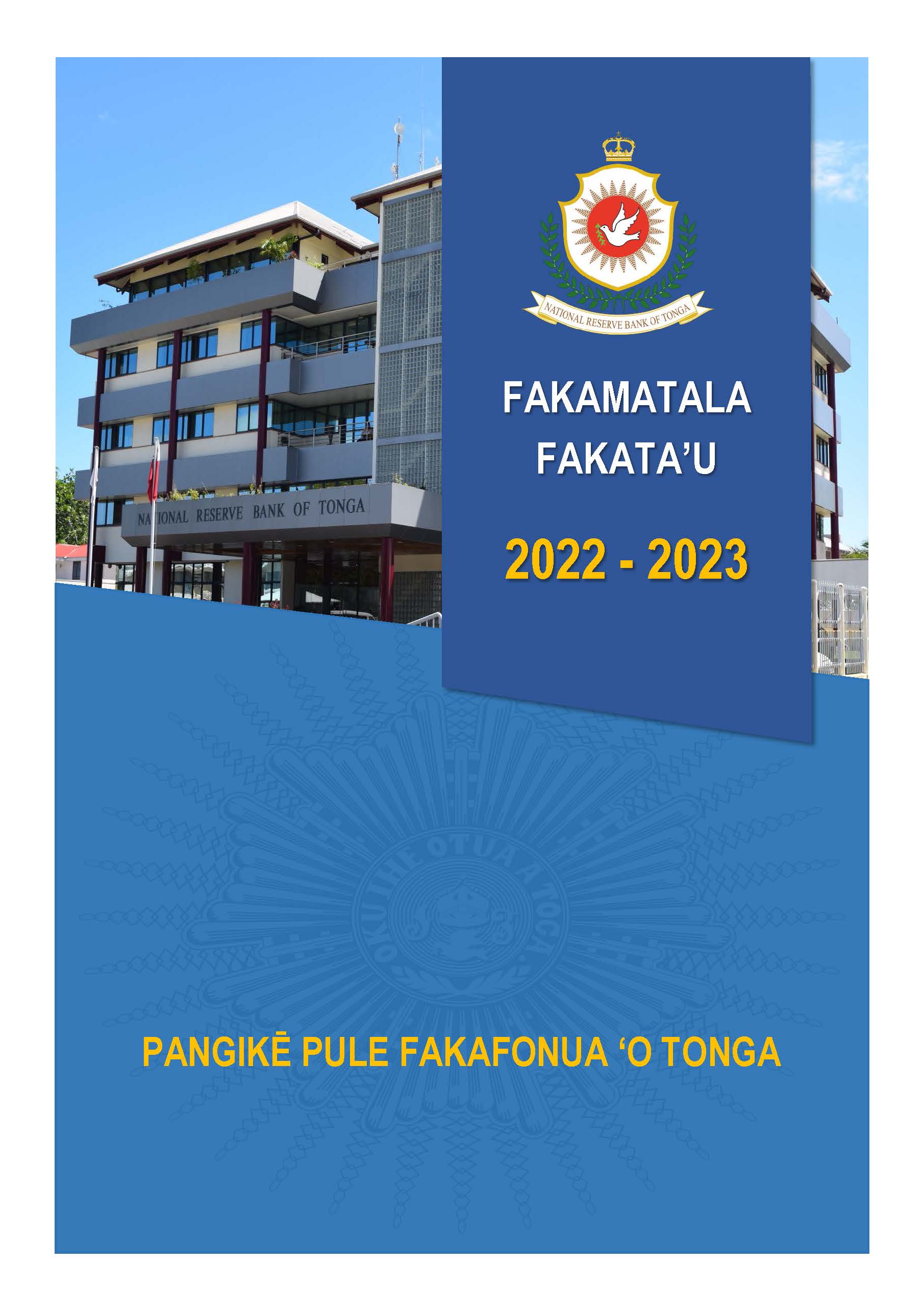 |
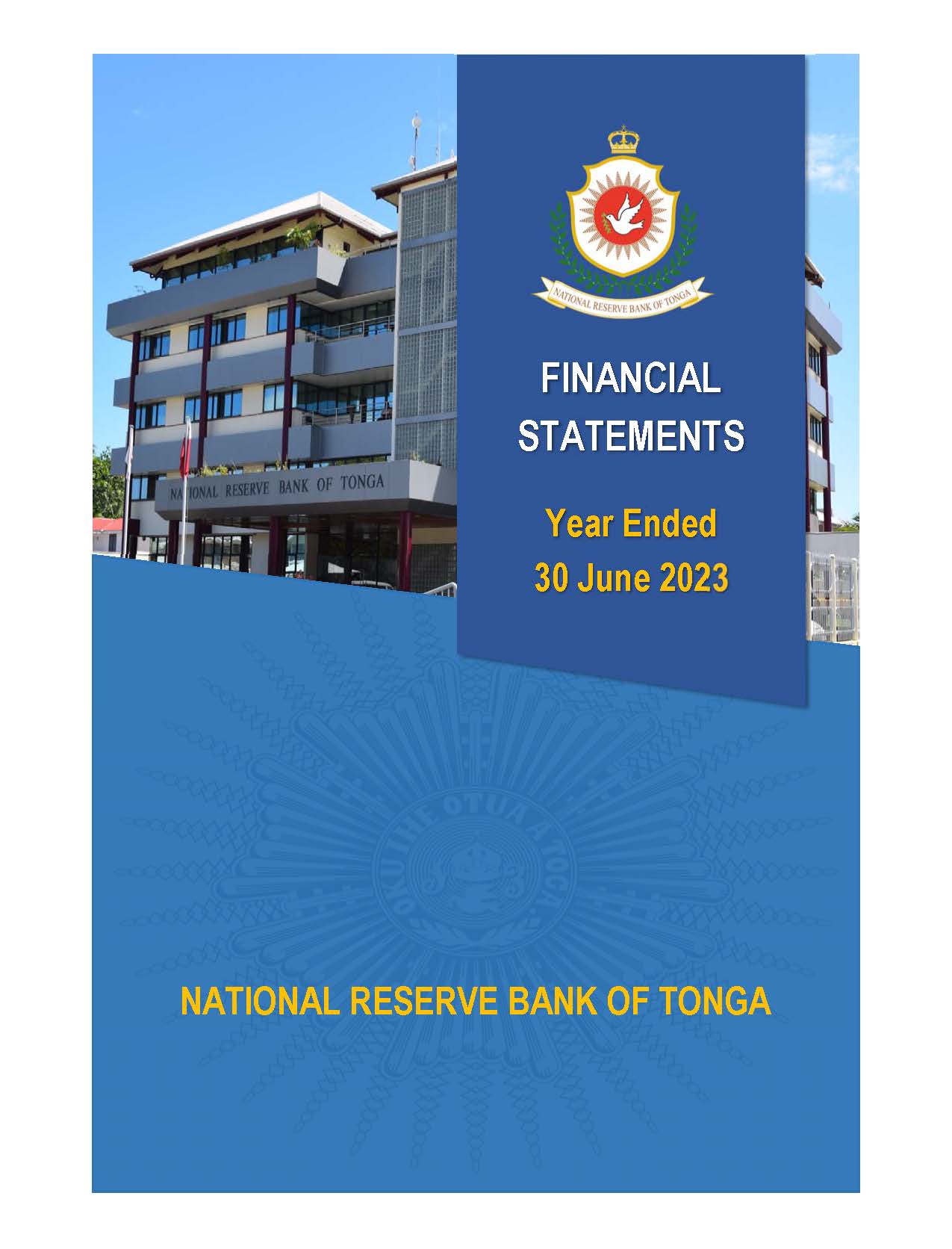 |
| Year ended 30 June 2022 |
||
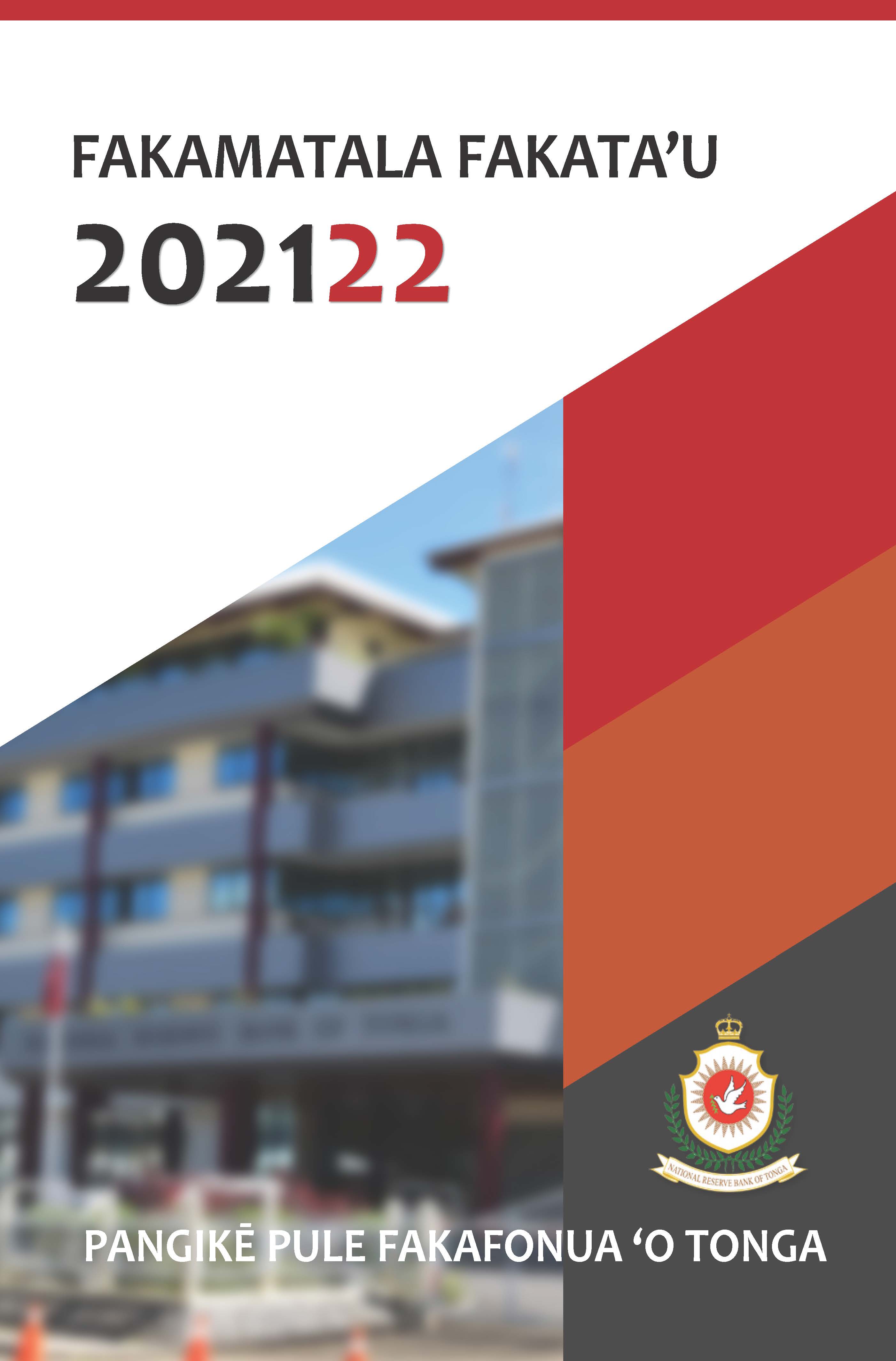 |
||
Annual Report Collections
Annual Report 2019/2020
| Annual Report for Year Ended 30 June 2019 | English Version 6.16 MB |
|
| Annual Report for Year Ended 30 June 2019 | Tongan Version 5.41 MB |
|
Annual Report 2011/2012
| Annual Report for Year Ended 30 June 2012 3.36 MB |
|
Annual Report 2007/2008
| Annual Report for Year Ended 30 June 2008 295.31 KB |
|
Annual Report 2003/2004
| Annual Report for Year Ended 30 June 2004 983.54 KB |
|
